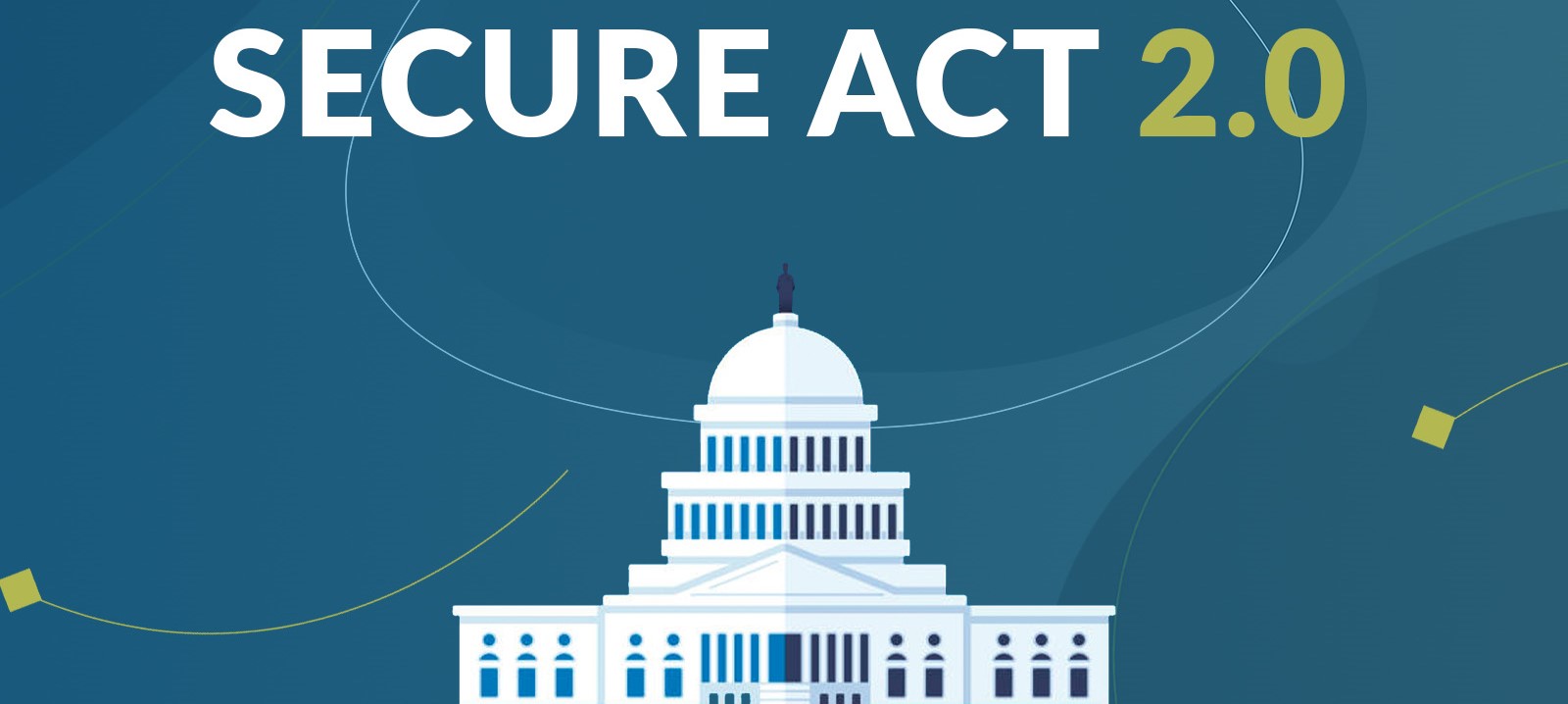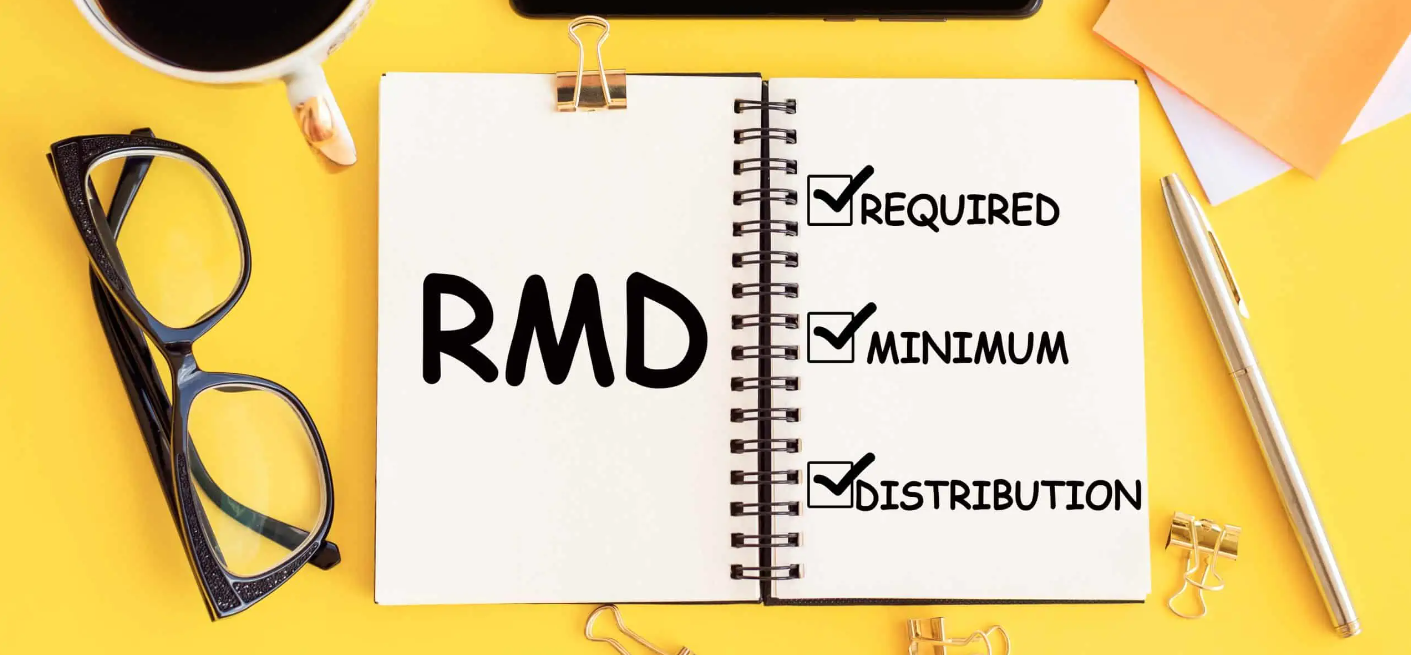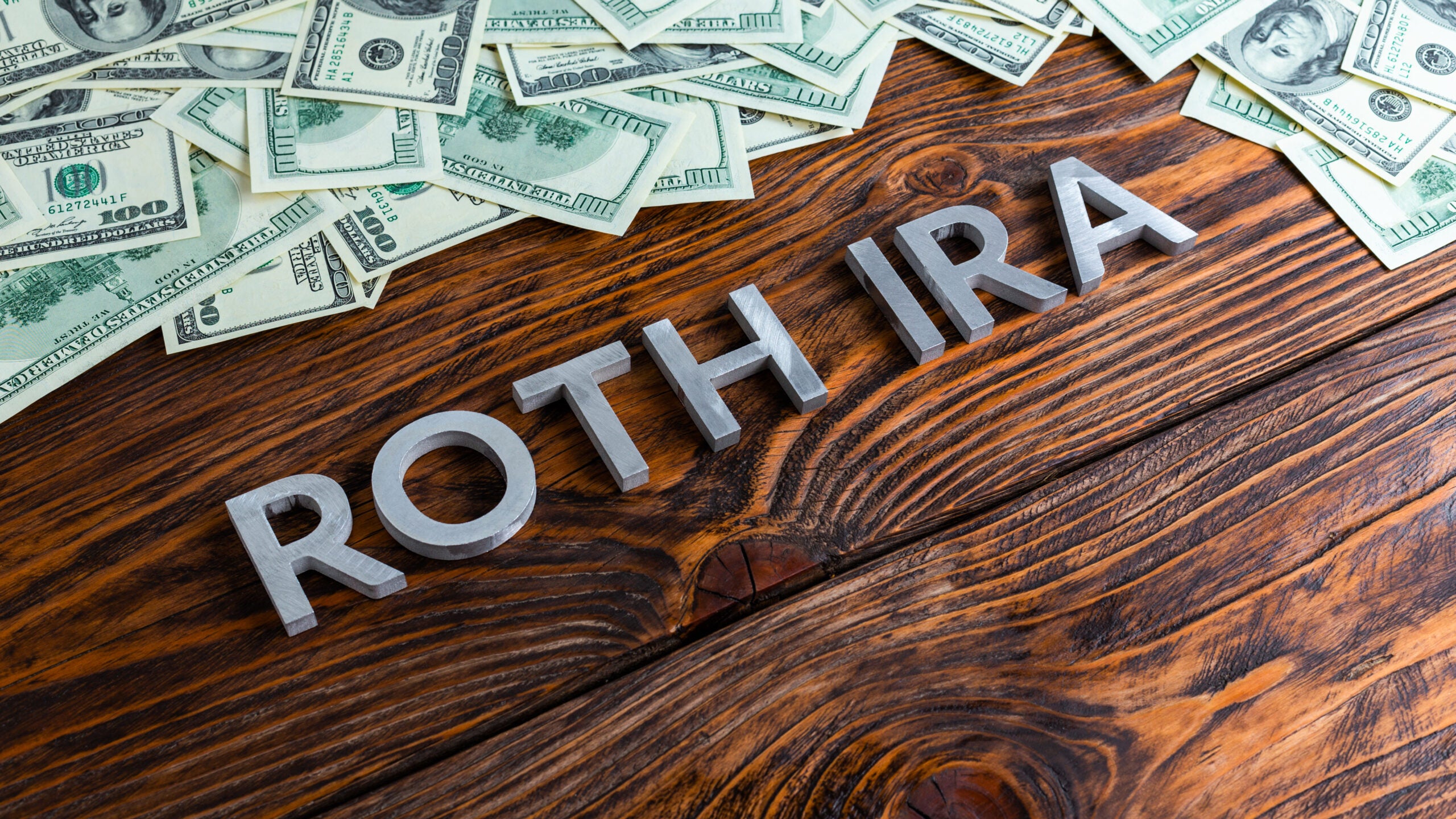We hear it all the time. “If your income is too high for a direct Roth IRA contribution, just do a Backdoor Roth. Easy-peasy!”
Not so fast, my friend. A Backdoor Roth IRA transaction is like a musclebound hotel bellhop – it can carry a lot of baggage. However, before we can discuss said baggage…
What is the Backdoor Roth strategy? High-income earners – those over the Roth IRA income threshold ($230,000 – $240,000 for those married filing joint in 2024; $146,000 – $161,000 for single filers) – can make non-deductible contributions to a traditional IRA and then convert the traditional IRA to a Roth, thereby circumventing the income limitations. (We can expel the notion that this is a step transaction or that a Backdoor Roth IRA is on the precipice of illegality. In 2018, a tax law specialist with the IRS Tax-Exempt and Government Entities Division stated that Backdoor Roth IRAs will not be challenged by the IRS.)
As for the “Backdoor baggage,” the suitcases on the luggage cart include:
1. The Pro-Rata Rule – No Cherry Picking.
The pro-rata rule dictates that when an IRA contains both nondeductible (after-tax) and deductible (pre-tax) funds, each dollar withdrawn (or converted) from the IRA must contain a percentage of tax-free and taxable funds. This ratio is based on the percentage of after-tax dollars in all of a person’s traditional IRAs, SEP and SIMPLE plans. One cannot target just the after-tax IRA dollars and only convert those. Additionally, once you have after-tax dollars (basis) in your IRA, getting it cleaned out could require some heavy lifting. For example, the entire account could be converted, but that might be a tax hill too steep to climb. Or, the pre-tax dollars could be segregated by rolling them into a 401(k). But this assumes a person has access to a 401(k) that allows a rollover into the plan.
2. Multiple Tax Forms.
How many tax forms does every Backdoor Roth transaction create? Three or four. When a non-deductible contribution is made to an IRA, the IRA owner must declare that there are after-tax dollars in the account. This is done on IRS Form 8606. Failure to file Form 8606 could result in double taxation. When dollars leave a traditional IRA via conversion, a 1099-R is generated the following year. Form 5498 is also created the next year to document the conversion. And when tax time comes around, the same Form 8606 is used to document the pro-rata math and how much of the conversion is taxable.
3. Crossing Tax Years.
What if a person makes a prior-year (2023) non-deductible IRA contribution in January 2024, but then immediately converts? That will require a Form 8606 for the 2023 tax return to claim the basis. The conversion will generate a 1099-R and 5498 (issued in 2025) for the 2024 tax return, and a second Form 8606 must be filed with the 2024 return documenting the pro-rata math. Four forms. (Yes, good tax software can certainly help.)
Be aware that, until the after-tax dollars are cleared out of a traditional IRA, it is the taxpayer’s responsibility to track the basis. And if a high earner continues to make (and convert) non-deductible contributions each year, the annual baggage of a Backdoor Roth IRA can pile up and follow him like an overloaded luggage cart with a wobbly wheel.
By Andy Ives, CFP®, AIF®
IRA Analyst











